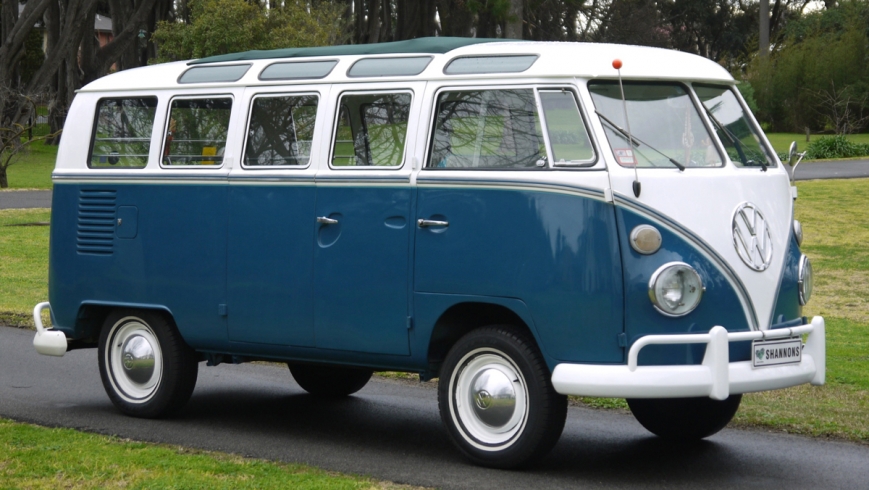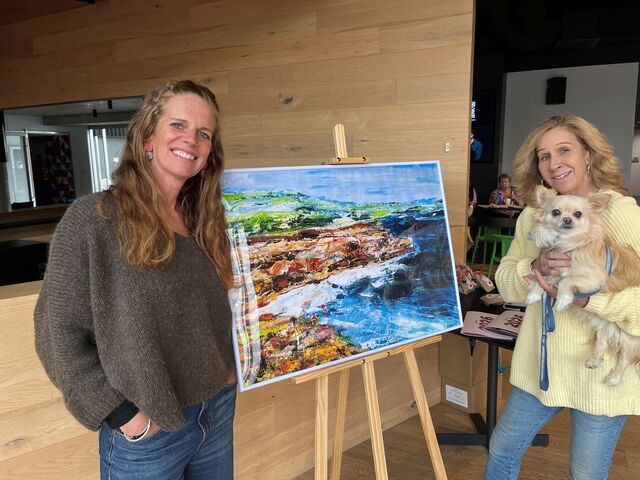There aren’t many vehicles that have lasted longer than Volkswagen’s Beetle; 58 years and 21.5 million made. But one that has managed it is yet another Volkswagen – the almost as ubiquitous Kombi.
Would you believe they are only now ceasing production in Brazil?
The Beetle started down the line in 1945 in postwar Germany, although a handful were built before the unpleasantries, and the last of the Type 1s rolled out of a Mexican factory in June 2003. The Kombi began production late in 1949 and has lasted 64 years.
It was Volkswagen’s Dutch importer who first had the idea of building a van based on the Beetle chassis. The company had made several flat-bed delivery vehicles on Beetle running gear to ferry parts around the factory and, inspired by this, he sketched up his idea for a van. It was essentially a big box on wheels. It looked a lot like a Kombi.
With the same engine as the much smaller Beetle and aerodynamics roughly on a par with Captain Cook’s cottage, Kombis were never quick vehicles – something well known to the legions of motorists who got stuck behind them as they slowed to a crawl up just about any gradient. Contrary to what some owners swore was fact, surfboards on the roof rack never assisted the aerodynamic profile. Nor did replacing the VW logo at the front with a peace symbol.
Its shape was the Kombi’s major attraction. It yielded a lot of internal space for its external profile, despite the engine bay taking a large whack out of the rear, which meant that even with the generous tail gate, entry to the back was only from the sliding door at the side.
As Brazilian production halts at the end of the year there will have been 1.6 million made there, on top of the 7.9 million made in plants in Austria, Germany, Mexico and South Africa. Kombis were assembled here too, along with Beetles, in Volkswagen’s Clayton plant between 1954 and 1976.
There have been lots of different Kombis, including a ute, a people mover and a delivery van with a raised roof. Camping conversions were plentiful and there was even a special build for a hearse. The RAAF once used them as mobile air traffic control towers.
By far the most sought-after among collectors is the rare 21-window van, with a split windscreen.
In the 1990s Volkswagen started building Kombis with water-cooled engines, but by then the writing was on the wall.
Everywhere except Brazil. Brazilians would keep on buying them if they could, but Kombis have been forced out by new safety laws over there effectively bringing an end to forward-control vans, or vans in which the driver sits on top of, or ahead of, the front wheels.
Brazil’s special final edition of 1200 units, with retro hubcaps and interior features, will end the Kombi forever.







